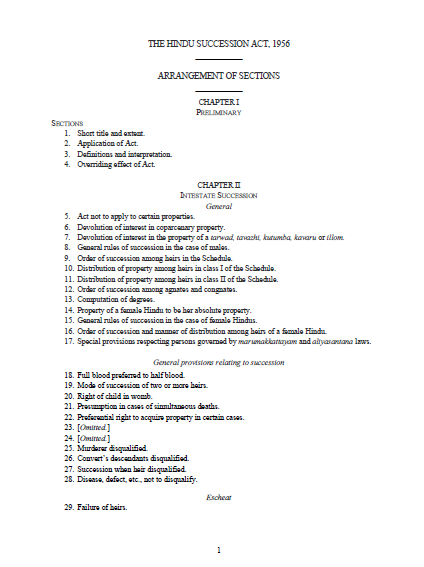The Indus Valley civilization, one of the world's oldest, flourished during the 3rd and 2nd millennia B.C. and extended into northwestern India. Aryan tribes from the northwest infiltrated the Indian subcontinent about 1500 B.C.; their merger with the earlier Dravidian inhabitants created the classical Indian culture. The Maurya Empire of the 4th and 3rd centuries B.C. - which reached its zenith under ASHOKA - united much of South Asia. The Golden Age ushered in by the Gupta dynasty (4th to 6th centuries A.D.) saw a flowering of Indian science, art, and culture. Islam spread across the subcontinent over a period of 700 years. In the 10th and 11th centuries, Turks and Afghans invaded India and established the Delhi Sultanate. In the early 16th century, the Emperor BABUR established the Mughal Dynasty, which ruled India for more than three centuries. European explorers began establishing footholds in India during the 16th century.
By the 19th century, Great Britain had become the dominant political power on the subcontinent. The British Indian Army played a vital role in both World Wars. Years of nonviolent resistance to British rule, led by Mohandas GANDHI and Jawaharlal NEHRU, eventually resulted in Indian independence, which was granted in 1947. Large-scale communal violence took place before and after the subcontinent partition into two separate states - India and Pakistan. The neighboring nations have fought three wars since independence, the last of which was in 1971 and resulted in East Pakistan becoming the separate nation of Bangladesh. India's nuclear weapons tests in 1998 emboldened Pakistan to conduct its own tests that same year. In November 2008, terrorists originating from Pakistan conducted a series of coordinated attacks in Mumbai, India's financial capital. Despite pressing problems such as significant overpopulation, environmental degradation, extensive poverty, and widespread corruption, economic growth following the launch of economic reforms in 1991 and a massive youthful population are driving India's emergence as a regional and global power.
India is a federal parliamentary republic.
Source: CIA World Factbook
Members:
Resources
Displaying 56 - 60 of 91Forest, People and Profit net equations for sustainability
The first of the series focuses on the much debated issue of forest lands. Retaining the existing forest cover, improving the quality of so-called forest land, bringing back the traditional ethos of preserving forests as part of the Indian heritage and lifestyle and making people part of the greening movement rather than policing the forests, the changing policies over the past century and their impact on the forest cover, the relevance of these policies in the context of liberalisation and structural adjustment are all addressed in this volume.
Study of Desert Development Programme
The desert areas of the country had remained backward in many respects due to difficult physiography varying agro-climatic conditions and distinct socio cultural features. Since the people living in these areas were facing hardships owing to geo-climatic conditions, the desert development programme was introduced as a centrally sponsored scheme in 1977-78.
Orissa Government Land Settlement Act, 1962.
The Orissa Government Land Settlement Act 1962 provides for practice or usage having the force of law, Government shall not be deemed to be debarred from exercising all or any of the following powers in respect of Government lands, namely: (a) to reserve such portion of the lands as they deem proper for the purpose of being used as house-sites or for any communal or industrial purpose or for any other purpose whatsoever (b) to charge premium for settlement of any such land (c) to charge rent for the lands so settled; (d) to charge fees on applications for settlement of lands and such other
The Manipur Land Revenue and Land Reforms Act, 1960
This Act may be called the Manipur Land Revenue and Land Reforms Act, 1960.
It extends to the whole of the State of Manipur except the hill areas thereof: Provided that the State Government may, by notification in the official Gazette, extend the whole or any part of any section of this Act to any of the hill areas of Manipur also as may be specified in such notification.
THE HINDU SUCCESSION ACT, 1956
A legislation to amend and codify the law relating to intestate succession among Hindus. It deal with issues related to coparcenary property, interest in the property of a tarwad, tavazhi, kutumba, kavaru or illom, rules of succession in the case of males, succession among heirs, distribution of property among heirs in class I of the Schedule.



